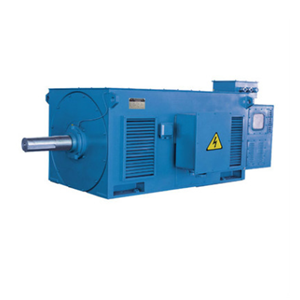System method for selecting bearings and reliability of bearings
Each of the above will affect the performance, reliability, and cost-effectiveness of the entire bearing configuration. The time and workload involved in selecting bearings depend on whether the user has experience with similar bearing configurations. If there is a lack of experience, special requirements for application, or the cost of bearing configuration and other related factors that need to be considered in detail, then more detailed work must be done when selecting, including more accurate calculations or testing.
When selecting the size of the bearing, the required bearing can be preliminarily determined based on the load acting on the bearing and the requirements for working life and reliability, using the rated load of the bearing. The product table lists the basic rated dynamic load C and the basic rated static load Co.
The conditions for static and dynamic loads of bearings must be independently verified. When checking dynamic loads, the load spectrum that best fits the actual situation should be used for verification, including the maximum load that may occur. Static load refers not only to the load applied to bearings at rest or very low speeds (n<10r/min), but also to the static load safety factor under heavy impact loads (loads applied for a short period of time).





